Contax Connection Newsletter
Connection Newsletter Introduction
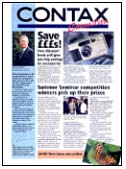
Welcome to the New Contax Connections pages, a joint venture between Kyocera Yashica (UK) Ltd and the Contax Postal Club UK. We want to bring you articles and news items with an emphasis on the “Users” point of view, allowing you to have your say, and provide valuable help and feedback to other Contax, Yashica and Kyocera camera users �� and feedback to the company as well.
Some of you will remember the original Contax Connection newsletters of the 1990’s, produced by KY UK and issued occasionally and freely by the Contax and Yashica dealer network. The feedback about this newsletter from readers was very good, and only the pressure of a busy and competitive marketplace, and naturally the budget priorities, restricted the number of issues that were produced. The Newsletter was a good mix of product news, promotional offers, and user profiles and articles.
The other partner in this venture is the Contax Postal Club (see Links/Associates on this website for details). Our UK Portfolio club of enthusiastic photographers, all with a keen interest in Contax and Yashica equipment, wanted a Newsletter as a means of allowing members of any one Folio circle to communicate with members in the other circles. This newsletter was first produced in 1997 with three issues per year, A4 format with an average of 14 pages per issue.
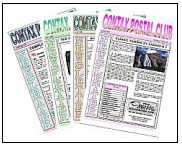
The newsletter contained articles of: -
� General interest (e.g. Photo essays),
� Technical articles,
� Product news,
� Special offers,
� Club activities and news,
� Articles produced in other publications (by permission)
� For Sale and Wanted notices.
Initially, available to folio members only, by subscription (to cover the production costs), the newsletter soon became popular enough to be requested by other CYZK enthusiasts who were not members of the Folio Circles, or members of the Club. Feedback from readers was extremely positive, resulting in the Club deciding to look for ways to allow the newsletter to reach a wider audience. In 2002, a decision was made to make the Newsletter free to all Club members and to the then current subscribers. One consequence of our small club producing, on a voluntary basis, a free newsletter, was a reduction from a regular 3 issues per year to an “as and when” basis. At this point, I must  mention that Kyocera Yashica UK was very supportive of this newsletter in several ways, and the Club has benefited enormously because of KY UK’s help.
mention that Kyocera Yashica UK was very supportive of this newsletter in several ways, and the Club has benefited enormously because of KY UK’s help.
Both newsletters were successful in their own areas, but time moves on! Over the years it became more and more apparent that both newsletters could reach a wider audience on the World Wide Web, and share some of the scarcer resources we both needed.
So we arrive here � at the New Contax Connections pages .... online and free to everyone on the Internet. We would like you to send your opinions on the articles you will see on these pages, and to submit your own articles, or questions, on items of specific or general interest.
This is a new venture, and one run only by volunteers, so I would ask you to be supportive, patient, and positive, and help make this a success. You can contact me here, or use the Feedback button on the navigation bar.
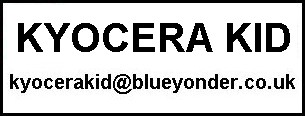
Yours, The Kyocera Kid.
The editor reserves the right to edit or hold over submitted articles, or reject unsuitable articles. The views expressed in these pages are not necessarily those of the editor, or of Kyocera Yashica (UK) Ltd.
Digiscoping with the Contax Digital Cameras by Paul Hackett
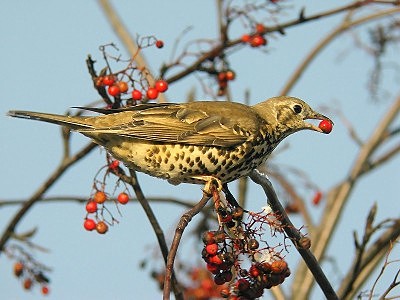
Digiscoping is the form of taking pictures with the aid of a digital camera or camcorder attached to a bird-spotting telescope, and has been around now for about 7 years.

In this hobby we exploit a situation that was not meant to be, which has limitations in its application. The Contax U4R and SL300RT* and the Kyocera SL300 & SL400, unique with their swivel bodies, are ideal because they have no telescopic lens, because the zoom mechanism is internal not external. And they have added a new dimension to this exciting hobby with the RTUNE Technology.
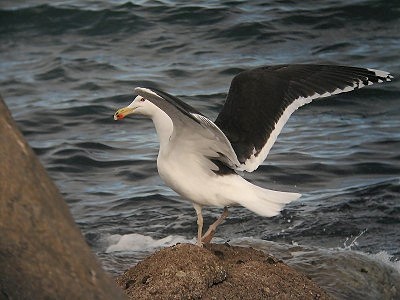
Action shots are now possible with these cameras at 3 frames per second, which was not previously possible. Making this camera a must now for the serious digiscoper.
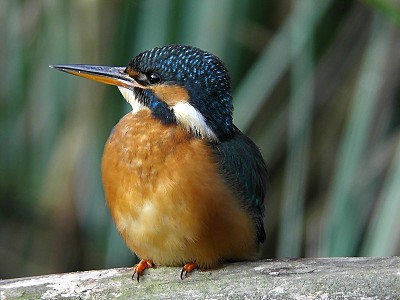
Paul Hackett, Stockport,
Cheshire Feb 2005
(Images copyright
Paul Hackett)
Contax N Digital by Andy Bennetts
"I have often thought that if photography were difficult in the true sense of the term -- meaning that the creation of a simple photograph would entail as much time and effort as the production of a good watercolour or etching -- there would be a vast improvement in total output. The sheer ease with which we can produce a superficial image often leads to creative disaster."
Ansel Adams (1902 - 1984)
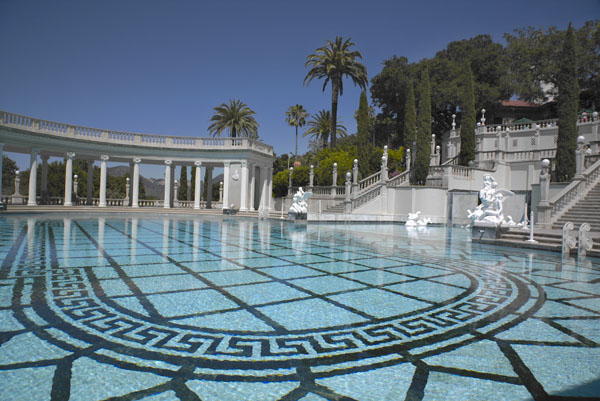
Is it that easy to produce a good digital image? Here are my experiences with one of the best digicams around – the Contax N Digital.
The camera has a limited ISO range, but for the type of pictures I take, (mainly landscapes), I have never found this to be a limitation. In fact, it is one of the few digicams which will allow a speed of 25 ISO. For the vast majority of my pictures, I use 100 ISO – a good compromise, which in good light will allow a wide choice of apertures and shutter speeds.
I shoot mainly using the manual settings, and take an incident light meter reading, and apply the settings to the camera.
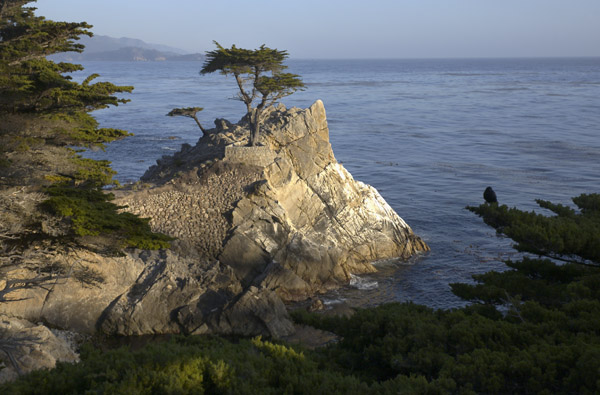
The next thing for an absolutely top quality result is to use the RAW format for all the pictures. This is the output from the camera chip completely unprocessed, and therefore
this allows maximum manipulation in the computer after the picture has been taken. File sizes are quite big, but you can get 27 images on a 256Mb card. The disadvantage is there is no preview facility on the camera with a RAW image.
RAW images have to be “developed” after they are transferred to the computer, and Contax supply the necessary software with the camera. This does involve a bit of switching around between applications on the computer, to produce an image in PhotoShop. The solution for Photoshop 8 is to use the RAW plug in which supports the Contax ND. The big plus here, is that you can open a folder of mixed images using the browser within PhotoShop, and see thumbnails of all the images, whether they are jpeg, or RAW.
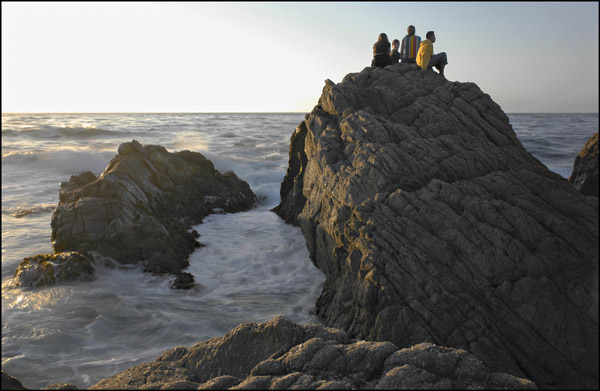
Selecting a RAW image for developing allows you to process the image, and apply the parameters for the N D precisely, by creating a profile for your own camera. As one example of what you can do, if you take photos using a colour temperature of 5500, you can set this value up as part of the profile, and apply it to any image you develop. I never use any auto colour temperature settings – the less variables the better.
The developed image can look a bit flat, but contrast and so on can easily be altered within PhotoShop.
I prefer using a device from Profile Prism. http://www.ddisoftware.com/prism/
This consists of a target which you photograph in known lighting conditions, and associated software which allows you to create a profile for those lighting conditions. Once you have set up a profile, you apply it to the picture using Image>Mode>Assign Profile within Photoshop.
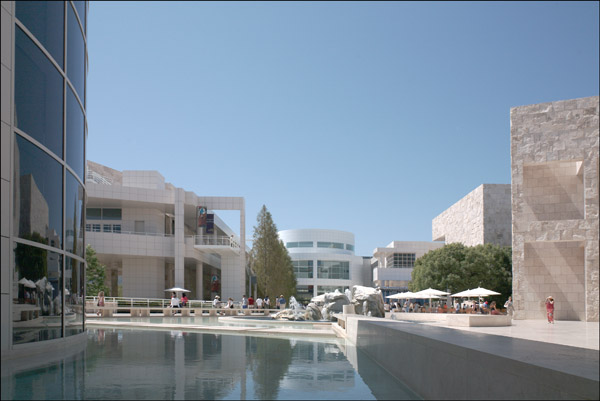
I have several profiles for different lighting conditions, from summer sun to cloudy weather, and the pictures are really brought to life using this method. It doesn’t mean that you’ll never have to tweak the results, but it gets you off to a good start.
This profile business is applied right through to the printing stage, again using Profile Prism. I use a Canon S9000 and Lyson inks and paper http://www.lyson.com/ukhome.html Excellent quality results, and long lasting too.
If you have ever seen a real Ansel Adams print (as opposed to a reproduction) the tones and shades within the print are stunning. Now I’m not saying that the ND will knock spots off a 10x8 plate camera processed by a master, but it does have an extremely good chip & software.
The chip is a CCD chip, which captures a much greater tonal range than the chips used by either Canon or Nikon. In a direct comparison with a Nikon D2H (my son is a newspaper freelance) – the Contax had tone where the Nikon pictures were blocking up on the same subject.
The camera has had a bad press in some quarters, but I love it, and get great results. Going digital is a lot more complex than producing “superficial images” to quote Mr Adams. It takes as much work as processing in the darkroom but there’s no mess! Just check out the images accompanying this article, or you can check out my web site at www.cvscotland.com
Andy Bennetts (Images copyright Andy Bennetts)
Prime Numbers by Peter Butterfield
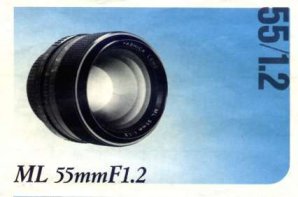 |
|
Illustration from 1981Yashica Lens Leaflet. |
Looking back at the literature on Contax and Yashica equipment there are the occasional items that are intriguing. I'm just old enough (therefore, many of you are definitely old enough!) to remember the pre-zoom days when it was the aperture of your prime lens that mattered. Especially as fast films weren't. I'm intrigued by the Yashica 55 mm f1.2 ML.
It appears in a couple of books I have, The Yashica Guide by Milton Heiberg (Amphoto, 1979), and The Contax RTS and Yashica SLR Bayonet and Screw Mount Book by Clyde Reynolds (Focal Press, 1978), as well as a David S H Leung advert from the late 70's.
At that time it was offered at a discount price of £118.50 which compares with £62.89 for the f1.4 and £106.20 for the CZ f1.4. No wonder there aren't many about! Having said that, standard zooms of the time were even more expensive.
|
YASHICA 55mm f1.2 ML Lens composition: 7 elements in 6 groups Angular field: 43º Minimum aperture: f16 Minimum focus: 0.5m Filter size: 55 mm screw-in type Lens shade: 57 mm slip-on type Size: 66.5 x 50 mm Weight: 410g |
Heiberg describes the lens:
“This is a superbly designed, fast lens. Despite its excellent ability to transmit light, it maintains high resolution out to the edges of the frame. It is the fastest of the standard lenses, so if your photographic tasks are indoor, available-light pictures, this is the lens for you. The drawbacks that may or may not be objectionable are its additional expense and the extra set of 55 mm diameter filters necessary if any situation should require filters.”
Have any of you seen, used, or even own this lens? What other rarities have people got?
Peter Butterfield.
Notes from the Editor.
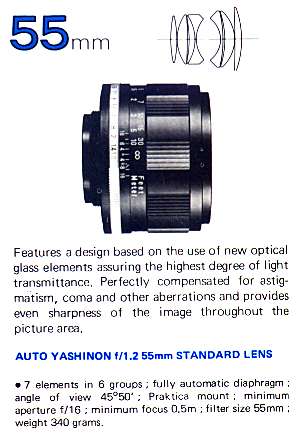 |
|
From 1973 Yashinon lens booklet |
Peter�.Way back in 1987, I was browsing around Wigan and spotted a second-hand Yashica 55mm f1.2 ML lens in a small camera shop. It wasn’t in brilliant condition and they were asking £55 for it. This was more than the price of a used Zeiss 50mm 1.7 at the time so I passed it by. Should I have splashed out?
A little digging in the archival material I hold, lead me to data on the forerunner to the f1.2 ML lens - the Auto Yashinon 55mm f1.2 lens. It has a 42mm screw thread mount (Praktica), which Yashica first introduced on the 35J and Penta J of 1961. I have not yet establish when this lens first appeared., but it is highly unlikely to be at the time of these two early cameras, the earliest reference, so far, is for 1970, supplied on an TL Electro X ITS of that year.
I have traced the 55 f1.2 ML back to 1977, as it is mentioned in an FR1 manual of that year, but not in the 1976 FR manual!
I notice that Reynolds incorrectly mentions “50mm” f1.2 several places in his book - possibly just a ”typo” as it only occurs in lists for brevity. Elsewhere he correctly mentions it as a 55mm. Reynolds also incorrectly shows in a table that the 55ML has 5 elements in 6 groups - a neat trick that lens designers world wide would love to utilise! Well! I’m sure eagle-eyed readers will spot plenty of “typos” in this and other articles! Yashica books specify both 55’s as having 7 elements in 6 groups. Incredibly, both the ML and Yashinon accept 55mm filters!
One reviewer of the 55mm f1.2 Auto Yashinon has rated it at f1.2 as “Good in the centre of the frame with an excellent balance maintained towards the edges”. He rated it as superior to the 50mm f1.4 Auto Yashinon at apertures wider than f2, but slightly inferior to the f1.4 at apertures smaller than f11.
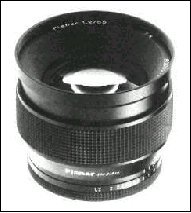 There is, of, course the famous Contax Zeiss 55mm f1.2 Planar - a highly collectable lens. This lens was a limited edition item, 100-year celebration of Planar lenses. Made in 1996 with only 10 imported into this country! Even at £3999.99 SRP, it is an item that was snapped up by collectors in a short time, despite a witty comment from one Zeiss enthusiast that it would take 100 years to save up for one!
There is, of, course the famous Contax Zeiss 55mm f1.2 Planar - a highly collectable lens. This lens was a limited edition item, 100-year celebration of Planar lenses. Made in 1996 with only 10 imported into this country! Even at £3999.99 SRP, it is an item that was snapped up by collectors in a short time, despite a witty comment from one Zeiss enthusiast that it would take 100 years to save up for one!
| CONTAX 55/1.2 Zeiss Planar T* AE ------------------------- Lens/groups: 8/7, Float lens Minimum focus: 0.6 m Angular field: 43° Filter: 77 mm Size: 88 x 59.5 mm Weight: 580 g Year: 1996 |
I could not complete these notes without mentioning one beast of a lens�.
The Contax 85 mm f1.2 T* Planar.
Issued in 1982 as a 50-year limited edition in AE mount, and, a re-issue in 1992 as a 60-year MM mount, this is an incredible chunk of glass and metal! Amazingly, it accepts the same 77mm filters as the 55mm f1.2 Planar.
Readers: Do you know have any information to add, or corrections to make? Ever owned any of these lenses of other “rarities”?
Write in and let the readers read your stories.
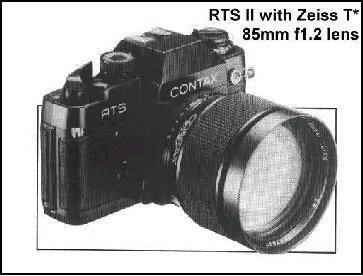
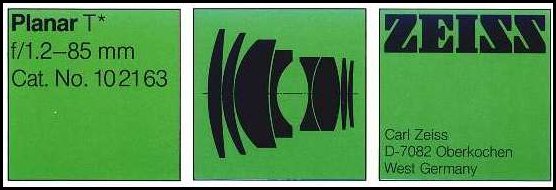

Kyocera Kid.
Disclaimer
Although every effort has been made to provide accurate information on these pages, neither Kyocera Yashica (UK) Limited nor any of its employees make any warranty, expressed or implied, or assume any legal liability or responsibility for the accuracy or completeness of any information contained on this site. Kyocera Yashica (UK) Limited cannot be held responsible for the contents of any pages referenced by an external link. Reference herein to any company does not necessarily constitute or imply its endorsement, recommendation or favouring by Kyocera Yashica (UK) Limited or any of its employees.
